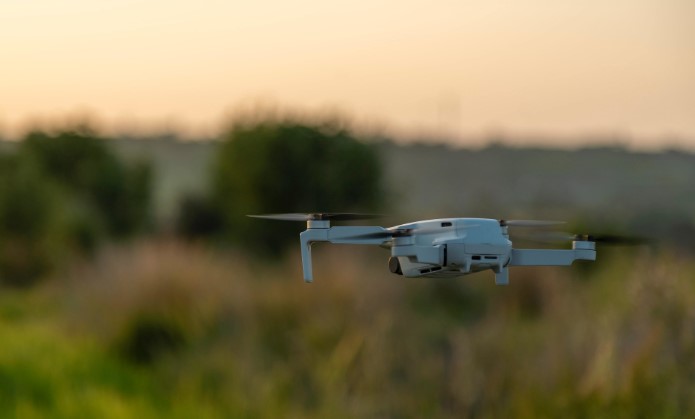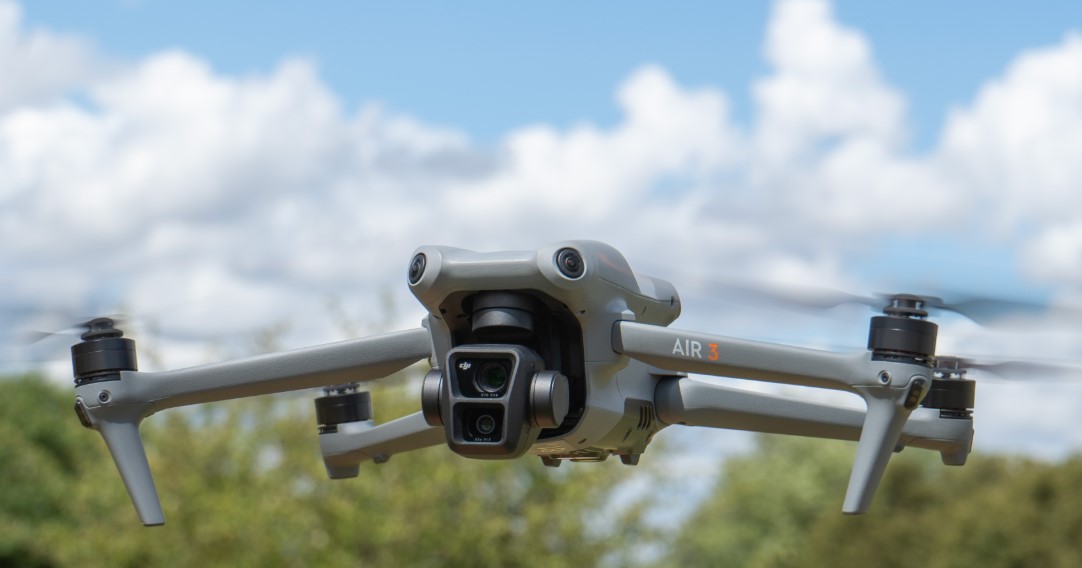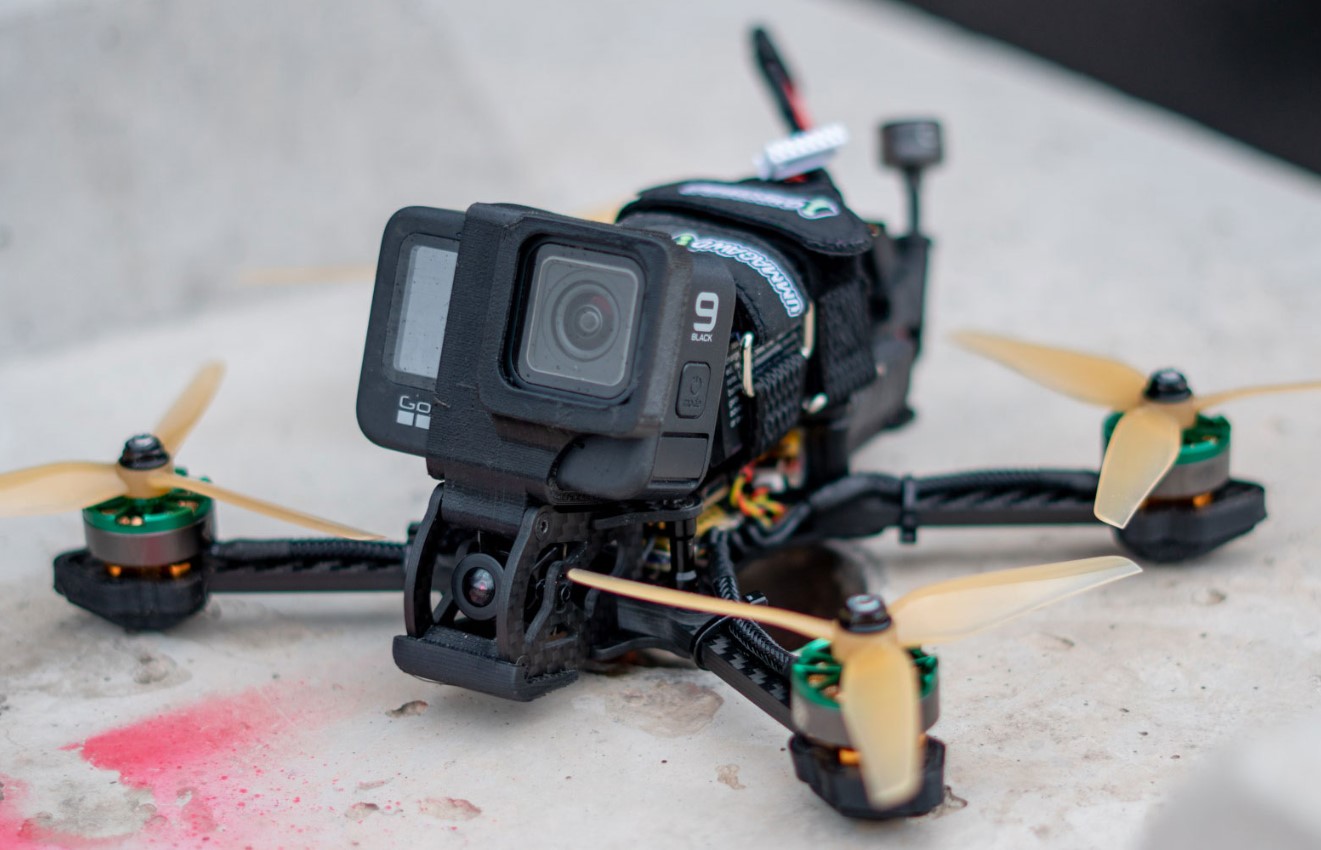With drones becoming increasingly popular for recreational and professional purposes, many enthusiasts and prospective buyers often wonder about the legalities surrounding their use. One of the most frequently asked questions is: do you need a license for a drone under 250g? The answer to this question depends on several factors, including the regulations in your country, the purpose of your drone operations, and the specific features of your drone. In this article, we will explore the licensing requirements for drones under 250g, the reasons behind these regulations, and best practices for drone users. Follow Dronevoz.com !!!
Understanding Drone Weight Categories
Drones are typically classified by weight because it directly impacts their potential to cause harm in case of an accident. Heavier drones can cause significant damage if they crash into people, property, or other aircraft, which is why they are subject to stricter regulations.
Drones under 250g (often referred to as sub-250g drones) are generally considered low-risk because of their lightweight construction. Popular models such as the DJI Mini series fall into this category, appealing to hobbyists and content creators. While their smaller size makes them easier to handle and less hazardous, regulatory authorities still impose certain rules to ensure public safety and privacy.
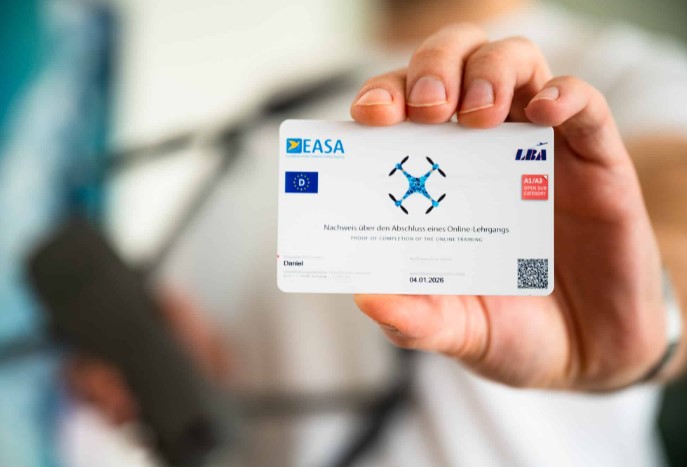
Do you need a licence for a drone under 250g? Drone Licensing Regulations by Region
The need for a drone license varies depending on the jurisdiction. Below, we provide an overview of regulations in some major regions:
Regulations in the United States
In the United States, the Federal Aviation Administration (FAA) oversees all drone activities. According to FAA regulations:
- Recreational Use: If you are flying a drone under 250 grams for recreational purposes, you do not need to obtain a Remote Pilot Certificate. However, you must still follow the FAA’s recreational drone rules. This includes registering your drone if it’s equipped with a camera, flying within visual line of sight, and avoiding restricted airspace.
- Commercial Use: If you plan to use a sub-250g drone for commercial purposes, such as real estate photography or inspections, you must obtain a Part 107 Remote Pilot Certificate. This requirement applies regardless of the drone’s weight.
Additionally, even if the drone’s weight exempts it from some regulations, pilots must adhere to safety guidelines, including not flying over people, respecting privacy laws, and avoiding interference with manned aircraft.
Regulations in Canada
Transport Canada governs drone operations in Canada. The rules for drones under 250 grams are more relaxed compared to heavier models:
- Recreational Use: If your drone weighs under 250 grams, you are not required to register it or obtain a pilot certificate. However, you must still operate the drone safely and follow general guidelines, such as avoiding flying near emergency scenes, maintaining a safe distance from people, and respecting privacy.
- Commercial Use: For commercial purposes, Transport Canada does not mandate licensing for drones under 250 grams. That said, it’s essential to ensure that your operation complies with local laws and does not pose risks to people or property.
Canada’s regulations highlight the balance between accessibility and safety, allowing hobbyists to enjoy drone flying with fewer bureaucratic hurdles.
Regulations in the European Union
The European Union (EU) has unified drone regulations under the European Union Aviation Safety Agency (EASA). These rules apply to all member states, ensuring consistency across the region.
For drones under 250 grams:
- Open Category: Sub-250g drones typically fall under the Open Category, which is designed for low-risk operations. Within this category, drones weighing less than 250 grams are classified as Class C0 drones.
- Recreational and Commercial Use: Whether you are flying recreationally or commercially, you do not need a drone license. However, you must complete an online training course and pass a basic test if your drone is equipped with a camera.
- Operational Rules: Pilots must follow general safety guidelines, such as not flying above 120 meters (400 feet), maintaining a line of sight, and avoiding flying over crowds.
The EU’s approach demonstrates a focus on minimizing risks while fostering innovation in drone technology.
Regulations in the United Kingdom
The United Kingdom (UK) follows the EASA’s framework with slight variations post-Brexit. For drones under 250 grams:
- No License Required: You do not need a drone license to operate a sub-250g drone. However, if the drone has a camera, you must register as an operator and obtain an Operator ID.
- Safety Guidelines: Pilots must follow the UK’s Drone Code, which includes maintaining a visual line of sight, flying below 120 meters, and staying away from restricted areas.
The UK’s regulations ensure that even lightweight drones are used responsibly, balancing accessibility and safety.
Regulations in Australia
In Australia, the Civil Aviation Safety Authority (CASA) oversees drone operations. The rules for drones under 250 grams are straightforward:
- Recreational Use: You do not need a license or registration for sub-250g drones if you fly recreationally. However, you must follow CASA’s Standard Operating Conditions, which include flying below 120 meters, keeping your drone within visual line of sight, and avoiding populous areas.
- Commercial Use: If you use the drone for commercial purposes, you must obtain an aviation reference number (ARN) and may need additional certifications depending on the operation’s complexity.
Australia’s approach reflects a growing recognition of the potential for lightweight drones to be used safely without excessive regulation.
Why Are There Regulations for Sub-250g Drones?
Although drones under 250g are considered low-risk, they are not entirely risk-free. Regulatory authorities enforce rules to mitigate risks and address concerns such as:
- Safety: Even lightweight drones can cause injury or property damage if not operated responsibly.
- Privacy: Drones equipped with cameras can invade people’s privacy, leading to potential legal issues.
- Airspace Management: Ensuring that drones do not interfere with manned aircraft is crucial for maintaining safe skies.
- Security: Unauthorized drone operations in sensitive areas, such as airports or government facilities, can pose security threats.
Scenarios Requiring a License for Drones Under 250g
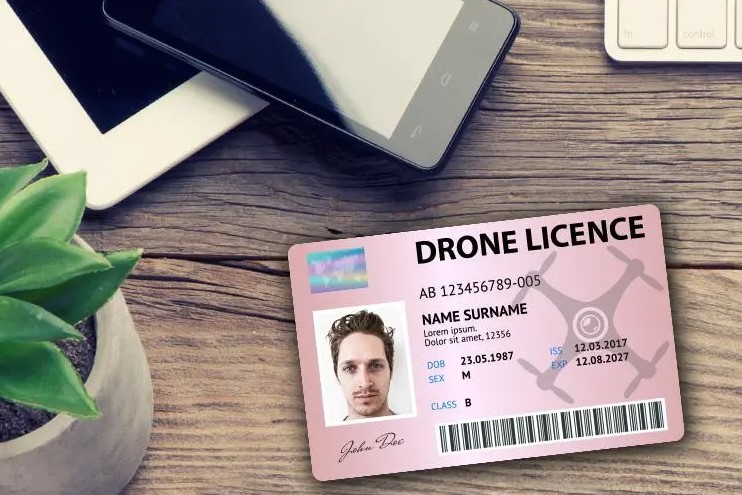
While recreational use of sub-250g drones is often exempt from licensing, certain scenarios may still require a license or certification:
- Commercial Use If you plan to use your drone for commercial purposes, such as filming for a real estate agency or conducting aerial surveys, you will likely need a license or certification. For example, in the U.S., even a sub-250g drone requires a Part 107 license for commercial operations.
- Flying in Controlled Airspace Operating a drone in controlled airspace (e.g., near airports) usually requires prior authorization, which may necessitate a license or additional permits.
- Advanced Maneuvers Performing advanced maneuvers, such as beyond-visual-line-of-sight (BVLOS) flights or flying at night, often requires specific training and certification, even for lightweight drones.
>>> Read More: Is Drone Allowed in International Flights Emirates?
Best Practices for Flying Drones Under 250g
Regardless of licensing requirements, responsible drone operation is essential to ensure safety and compliance with regulations. Here are some best practices:
- Understand Local Laws Always familiarize yourself with the drone regulations in your area. Rules can vary significantly between countries and even regions within the same country.
- Respect Privacy Avoid flying over private property or capturing images of people without their consent.
- Avoid Restricted Areas Use tools like airspace maps and apps to identify no-fly zones, such as airports, national parks, or military installations.
- Maintain Visual Line-of-Sight Keep your drone within sight at all times to prevent collisions and ensure safe operation.
- Conduct Pre-Flight Checks Inspect your drone for any damage, ensure the battery is fully charged, and confirm that the GPS and sensors are functioning properly.
- Stay Updated Drone regulations are subject to change. Subscribe to updates from your local aviation authority to stay informed.
Advantages of Sub-250g Drones
Sub-250g drones offer several benefits, making them an excellent choice for beginners and hobbyists:
- Exemption from Registration: In many jurisdictions, these drones are exempt from registration requirements, reducing administrative hassle.
- Portability: Their lightweight design makes them easy to carry and deploy, perfect for travel and outdoor adventures.
- Affordability: Sub-250g drones are often more affordable than heavier models, making them accessible to a wider audience.
- Ease of Use: These drones typically feature user-friendly controls, making them suitable for first-time pilots.
Conclusion
So, do you need a license for a drone under 250g? In most cases, the answer is no, especially for recreational use. However, specific circumstances, such as commercial operations or flying in controlled airspace, may still require certification or permits. Understanding the regulations in your jurisdiction is crucial to ensure safe and legal drone operations.
As drone technology continues to evolve, lightweight drones under 250g are becoming increasingly capable and popular. While they offer more flexibility in terms of regulations, they still come with responsibilities. By adhering to local laws and best practices, drone enthusiasts can enjoy their flying experience while minimizing risks to safety, privacy, and security.
